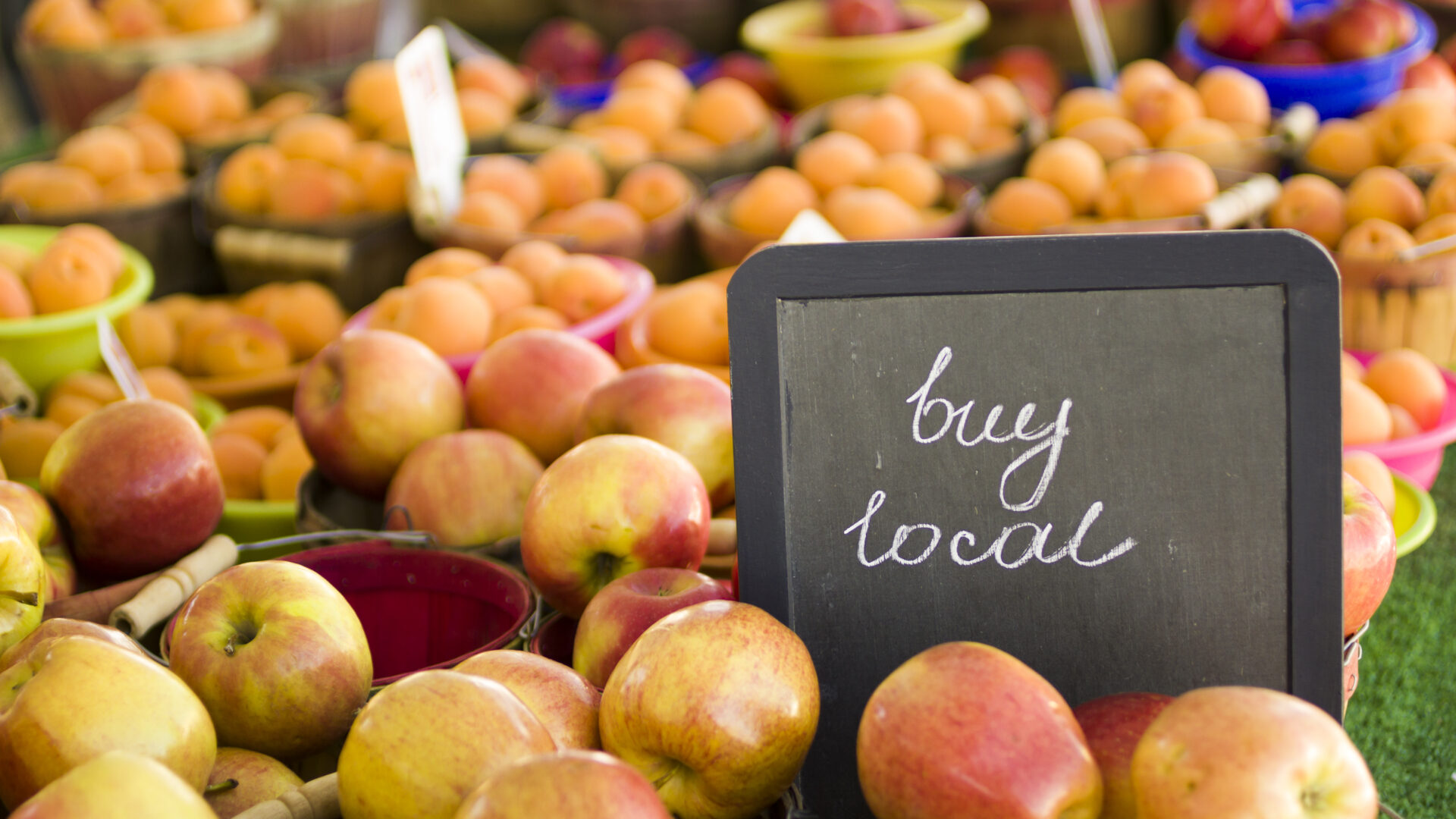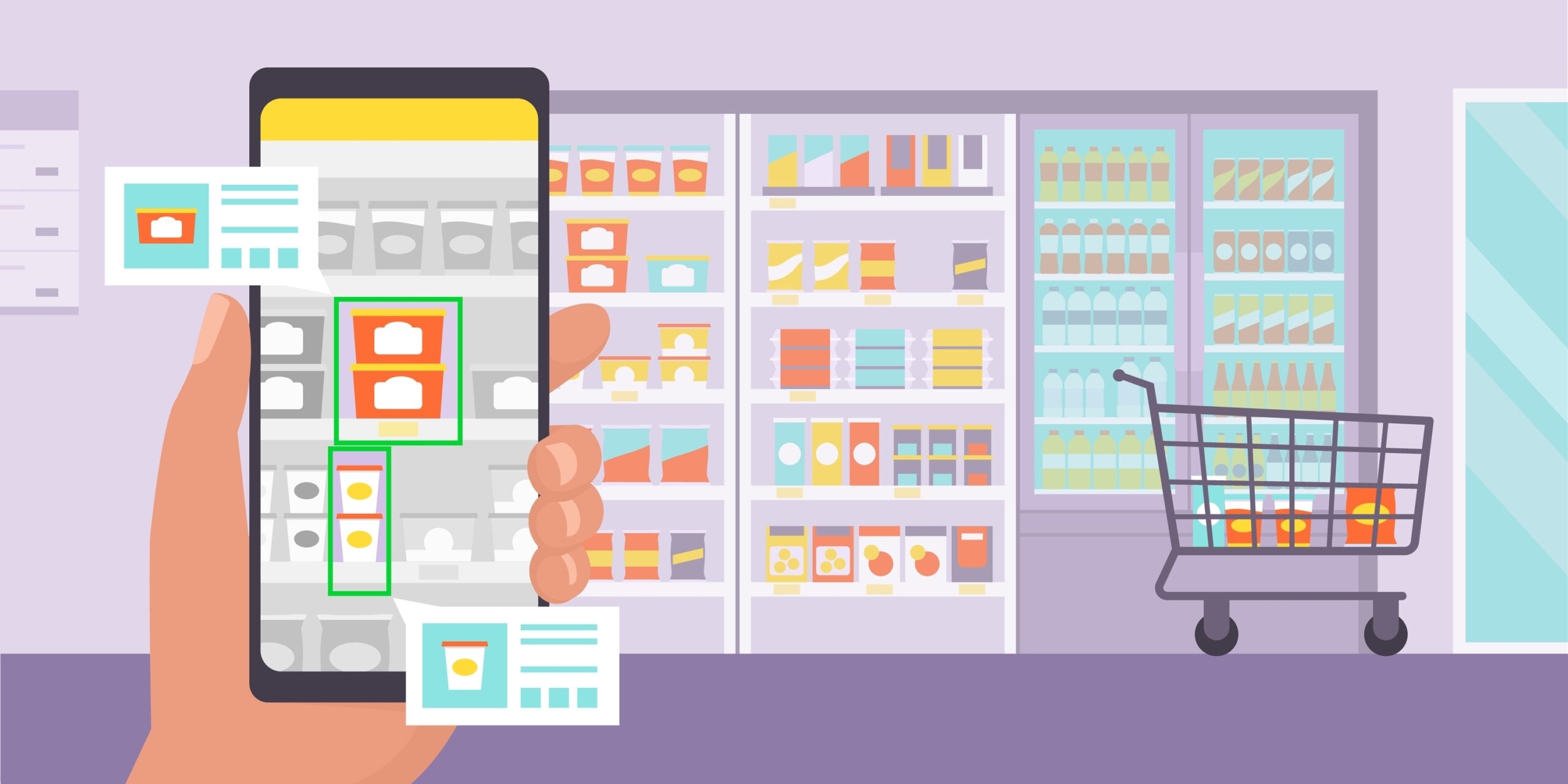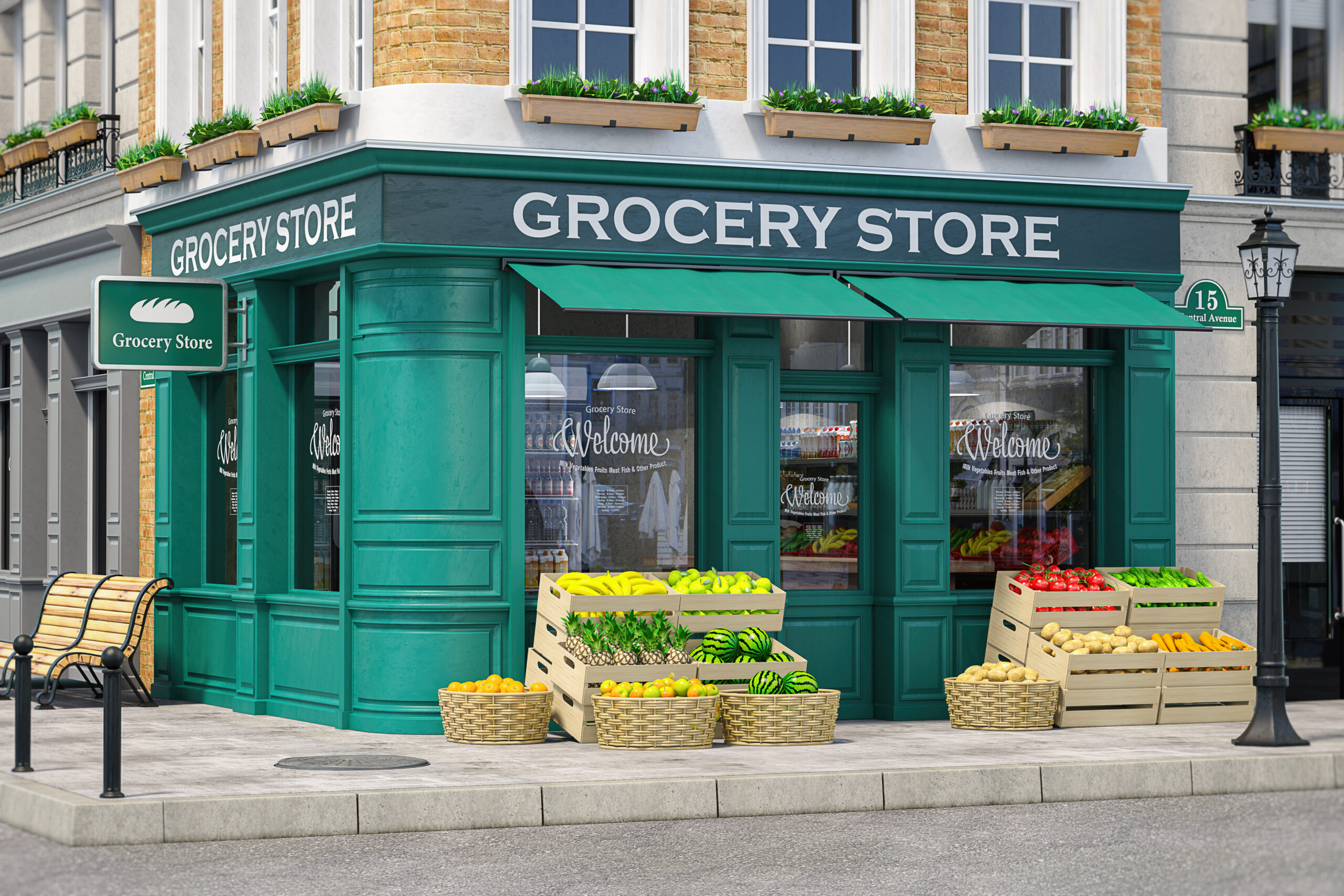In retail, success often hinges on strategic positioning: a multifaceted endeavor encompassing product placement, branding, pricing, and promotion. This practice, known as retail positioning, is pivotal in shaping consumer perceptions and driving sales. In recent years, however, a notable shift has emerged, marked by a growing emphasis on local products within retail landscapes worldwide. As consumers increasingly prioritize sustainability, community support, and unique experiences, the significance of local product campaigns in retail positioning has become more pronounced. In this blog post, we delve into the intricate interplay between retail positioning and local product campaigns, exploring their symbiotic relationship and the potential outcomes for retailers and consumers.
Understanding Retail Positioning
Whether you’re Walmart, a midsize department store, or a small, local retail business, retail positioning matters, so what is it exactly? Retail positioning refers to the strategic approach retailers take to establish their products or brands within the marketplace. It encompasses a range of activities aimed at influencing consumer perceptions, preferences, and purchasing decisions. At its core, retail positioning seeks to differentiate a retailer’s offerings from competitors, thereby carving out a distinct identity and competitive advantage.
In today’s fiercely competitive retail landscape, where consumers are inundated with choices, effective positioning can make all the difference between success and obscurity. In fact, many traditional retailers are left wondering if expanding retail offerings is even worth it. According to Jeff Stillwell, the president of Salt Life, LLC, and a 25-year apparel industry veteran, the answer to that question is a resounding “yes,” but it all comes down to strategy.
Several key factors influence retail positioning, each playing a crucial role in shaping how consumers perceive and receive products. Product placement, for instance, is a fundamental aspect of retail positioning, as it determines where and how products are displayed within a store. By strategically placing high-margin or high-demand items in prominent locations, retailers can increase their visibility and drive sales. Pricing is another pivotal factor, with retailers leveraging various pricing strategies to position their products for different market segments. For example, luxury retail brands often employ premium pricing to convey exclusivity and prestige, while discount retailers rely on competitive pricing to attract budget-conscious consumers. Additionally, branding and promotion play integral roles in retail positioning, helping retailers communicate their value proposition, differentiate their offerings, and build brand equity. Through compelling branding initiatives and targeted promotional campaigns, retailers can effectively position their products in the minds of consumers, fostering brand loyalty and driving purchase intent.
The Rise of Local Products in Retail
When it comes to a detailed retail strategy, almost no other group is as important as the products of local, small businesses. Why is that? Because they’re on the rise but often come with a price, which means brands and retail positioning are vital. But before we get into the strategy, let’s delve into why.
With a growing awareness of environmental concerns and the impact of globalization on local economies, consumers are increasingly seeking out products that are sourced or produced within their own communities. This trend is driven by a desire to reduce carbon footprints associated with transportation and support local businesses, artisans, and farmers. As consumers become more conscious of the origins of their purchases, there has been a noticeable uptick in demand for locally-made goods across various retail sectors, ranging from food and beverages to clothing and home goods.
There’s a palpable shift towards supporting small businesses and local economies, driven by an understanding of the economic benefits of keeping dollars circulating within local communities. By choosing to buy from local producers and retailers, consumers are directly contributing to the growth and sustainability of their neighborhoods. This grassroots movement not only helps create jobs and support local entrepreneurs but also fosters a sense of community pride and resilience. But what about the rising cost of living? Won’t this have an impact on small businesses?
Although it might for some, according to an article released by Retail Insight Network, buying local is still strong amongst consumers, even amidst the rising cost of living. The article goes on to reference a survey by Global Data, which concluded that “47% of respondents saying they would consider paying more for products or services that protected the environment. This was followed by poverty (42%) and climate change (42%), demonstrating a widespread willingness to spend more, despite the cost-of-living crisis making many consumers’ budgets tighter. “
Recognizing the social and economic significance of this trend, retailers are increasingly embracing local products to differentiate themselves in a competitive market while meeting the evolving preferences of their customer base. Incorporating locally sourced items into retail offerings strengthens the bond between retailers and their communities and underscores their commitment to sustainability and ethical sourcing practices.
Impact of Retail Positioning on Local Product Sales
Retail positioning plays a crucial role in shaping consumer perceptions of local products, influencing how these items are perceived and valued within the retail environment. Strategic product placement and branding are particularly important for local products, as they help convey the unique qualities and values associated with these offerings.
Retail positioning can be make or break for local brands. Here’s why. Many people are in a constant struggle between lower prices and high-quality items. With the rise of e-commerce and endless options at their fingertips, how they encounter the product in-store matters.
By strategically placing local products in high-traffic areas or alongside complementary items, retailers can increase their visibility and draw attention to their distinctive attributes. Effective branding is essential for conveying the story behind local products, highlighting their ties to the community, artisanal craftsmanship, and sustainable production methods. Through thoughtful branding initiatives, retailers can evoke emotional connections with consumers, fostering a sense of authenticity and trust that resonates with today’s socially conscious shoppers.
Furthermore, leveraging retail positioning strategies can significantly impact the visibility and sales of local products, driving consumer interest and engagement. By incorporating local products into themed displays or seasonal promotions, retailers can create immersive shopping experiences that showcase the diversity and quality of these offerings.
Additionally, retailers can collaborate with local producers and artisans to create exclusive product lines or limited-edition releases, further enhancing the appeal and exclusivity of local products. Through selected marketing efforts and strategic partnerships with stakeholders, retailers can effectively communicate the value proposition of local products to their target market, driving sales and loyalty while championing the economic vitality of their communities.
Although this might seem like a lot of work, we know that there’s a big payoff. However, even though many consumers value local products, they still value convenience, which makes being able to compete with online stores that have it all more valuable. If retailers want to keep up, they have to expand their offerings, and in our current retail landscape, the best way to keep up is to stay ahead of the data.
Leveraging Data to Maximize Retail Positioning
At InContext, we recognize that data is the cornerstone for maximizing retail positioning and driving product sales. Traditional methods often struggle to keep up with retail’s dynamic nature, but with our digital twin platform, businesses gain a competitive edge by leveraging data-driven insights to refine their retail positioning strategies. Our ShopperMX platform offers a revolutionary way to test and predict outcomes, allowing businesses to create digital simulations of store environments and analyze customer behavior through virtual shopping scenarios.
Virtual Reality (VR) technology offers an innovative approach to optimizing retail positioning, especially for local products seeking prominence within the market. Our unique digital twin technology equips retailers with a potent tool to immerse themselves in virtual retail environments, enabling them to experiment with diverse positioning strategies tailored for local products. By simulating realistic in-store settings, VR facilitates retailers in testing various placements, branding elements, and promotional tactics to ascertain the most effective approach for showcasing local products within the grocery store or retail store environment.
Our VR technology provides a powerful tool to test various positioning strategies for local brands seeking to increase visibility and sales within retail environments. For example, consider a local artisanal coffee roaster aiming to expand its presence in supermarkets. Using our VR platform, the coffee roaster can collaborate with the retailer to visualize different product placement options within the store, such as near the entrance or in the coffee aisle. They can determine the most effective positioning strategy to drive retail sales and enhance brand recognition by simulating realistic in-store settings and analyzing customer behavior.
Similarly, our VR platform offers valuable insights to inform decision-making for retailers looking to optimize their product offerings and improve the overall customer experience. For instance, a retail chain may use our technology to test new cross-merchandising strategies or evaluate the impact of introducing new products to the shelf.
The result? You get a plan that works the first time without the risks.
With the ability to visualize different assortment scenarios in a realistic 3D environment, retailers experience faster decision-making processes. They can efficiently explore various product placements, store layouts, and assortment strategies, enabling them to make informed decisions more rapidly than traditional planning methods. For example, a grocery store can leverage VR technology to test various store layouts and efficiently determine the most optimal configuration for displaying seasonal produce and specialty items.
Additionally, VR provides retailers with enhanced shopper insights by allowing them to simulate realistic shopping environments and gather valuable data on shopper behavior. By observing how shoppers interact with products and navigate the virtual store, retailers gain deeper insights into product preferences, navigation patterns, and purchase behavior. This wealth of information enables retailers to tailor their retail positioning strategies to better meet the needs and desires of their customers, ultimately leading to improved sales and customer satisfaction.
Partner With InContext to Transform Your Retail Positioning Strategy
Leveraging the right data is the key to revolutionizing your retail positioning strategy for local products, and at InContext, we’re ready to help. With our expertise in utilizing VR technology and data-driven insights, businesses can effectively target consumers with precision and drive profitability — without waiting around for customer feedback. As the retail landscape continues to evolve, it’s essential for businesses ready to grow to embrace innovative solutions. Contact InContext today to take the first step towards transforming your retail positioning strategy and elevating your brand in the competitive marketplace.





